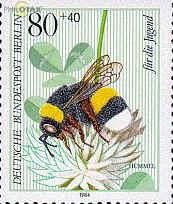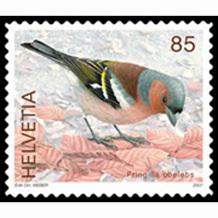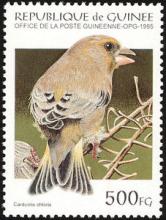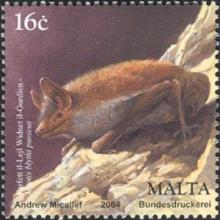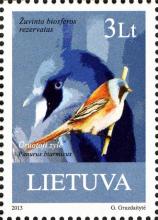Immunosuppression by Neonicotinoids? - Infectious Diseases in US Bumblebees
We have been pondering on the significance of the laboratory evidence from Bee Researchers in France and the US that the administration of tiny amounts of a systemic neonicotinoid, imidacloprid, to bees was associated with a weakening of bee immunity, such that they became more susceptible to bee diseases. and decided to look more closely at the patterns of recent deaths/epidemics in the UK, Europe and the US, involving a variety of other wildlife. Massive declines in wild bumble bees in the US and Canada were reported in the late 1990s.

